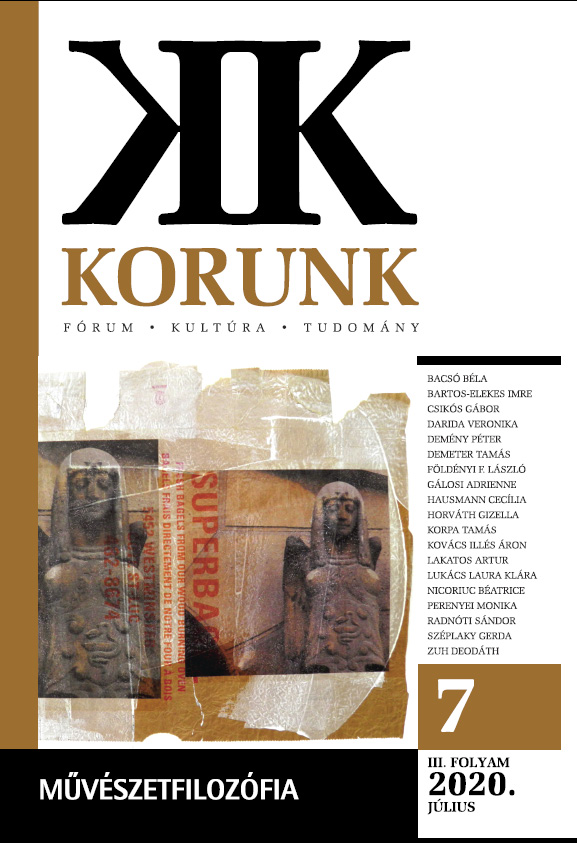A vizuális kultúra kezdetei. Egy definíció és egy definíció története
The Advent of Visual Culture: A Definition, and the History of a Definition
Author(s): Deodáth ZuhSubject(s): Visual Arts, History of Art
Published by: Korunk Baráti Társaság
Keywords: visual culture; representation; knowledge; theory of art; film theory
Summary/Abstract: The present paper is divided in two. First, a definition of the term “visual culture”: it should be earmarked for the cases of understanding through visual means – therefore, a culture centred on the visual is not only opting for an increasing expressive role of visual representation, but envisages the transfer of knowledge which is not completely accessible to human interaction through words, concepts, and written texts. This means that visual culture is based on more compact and coherent forms to convey information in order to expressly elicit the contribution of the receiver. Therefore, visual culture is not a final stage of stepping into the age of “popular art” and “mass entertainment”. It is worth this name only if it stands for forwarding a general overhaul of information transfer and, consequently, propagates new ways of building communities. Second, the paper offers a brief history of the major attempts to coin this term as central to the theory of art; this second part is also a venue for testing my initial attempt for a definition: how my statement complies to or disapproves of the most eminent histories that wanted to locate the place of visuality in the history of Western civilization. I will illustrate my case through one major example. The early history of film, and the seminal film theorists’ plea for the legitimacy of film as an autonomous art form has often been claimed as the first typical example of spreading “visual culture”. These attempts predominantly proved to be just multiplied instances of a history that follows Western man’s quest to engender the rule of images, and how visual vehicles of information supplanted traditional but still highly functional means of communication. This opens a rich field for cultural criticism, and for a discourse on the clash of value based, value-skeptical, and value-relativist societies. But, some other early theories of culture that heavily rely on the analysis of film could be also consulted for a more balanced analysis. Hereby the process of cultivating our natural assets (i.e. culture) should be based on visuality only if the actually dominant forms to forward interpersonal communication and information exchange are not able to bear on certain contents.
Journal: Korunk
- Issue Year: 2020
- Issue No: 07
- Page Range: 52-60
- Page Count: 9
- Language: Hungarian

